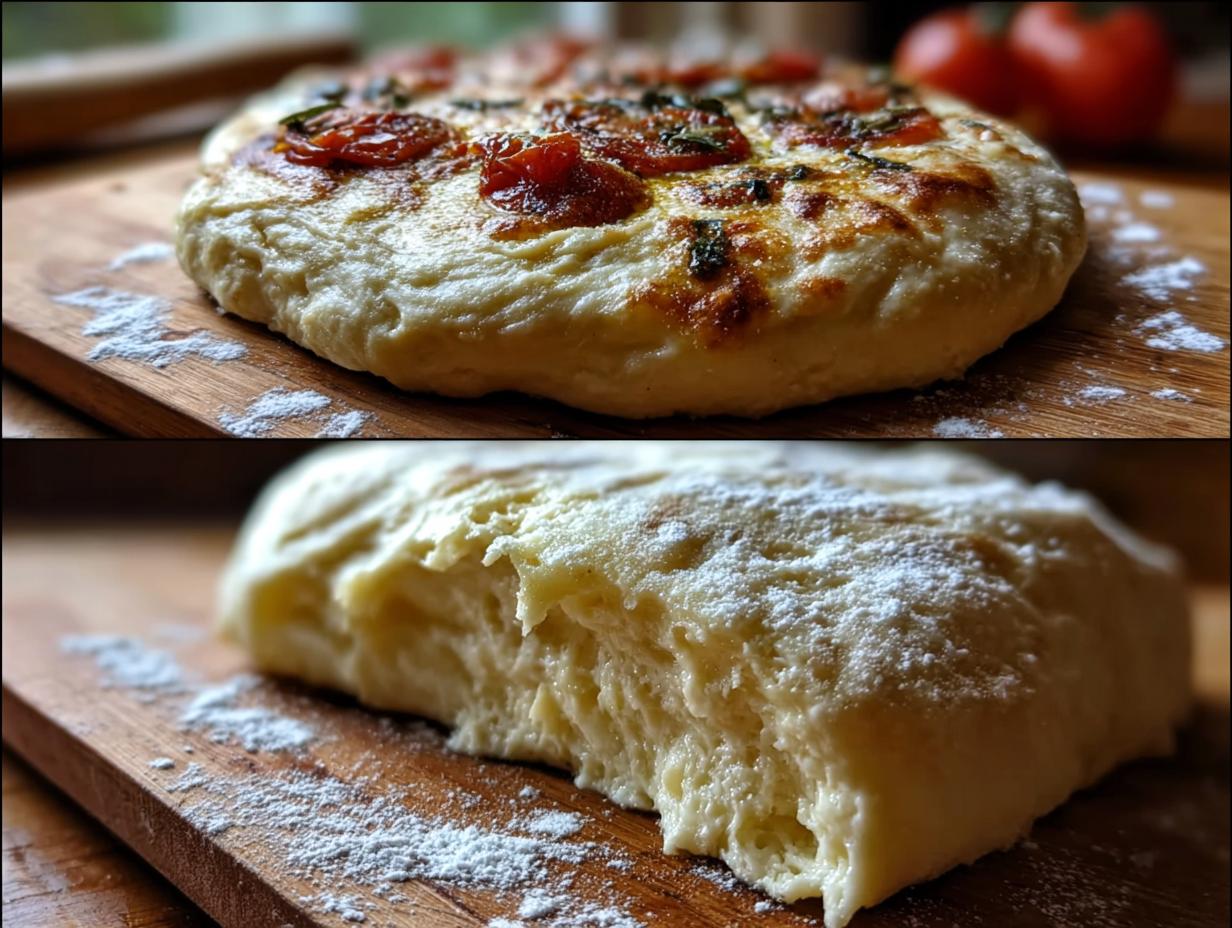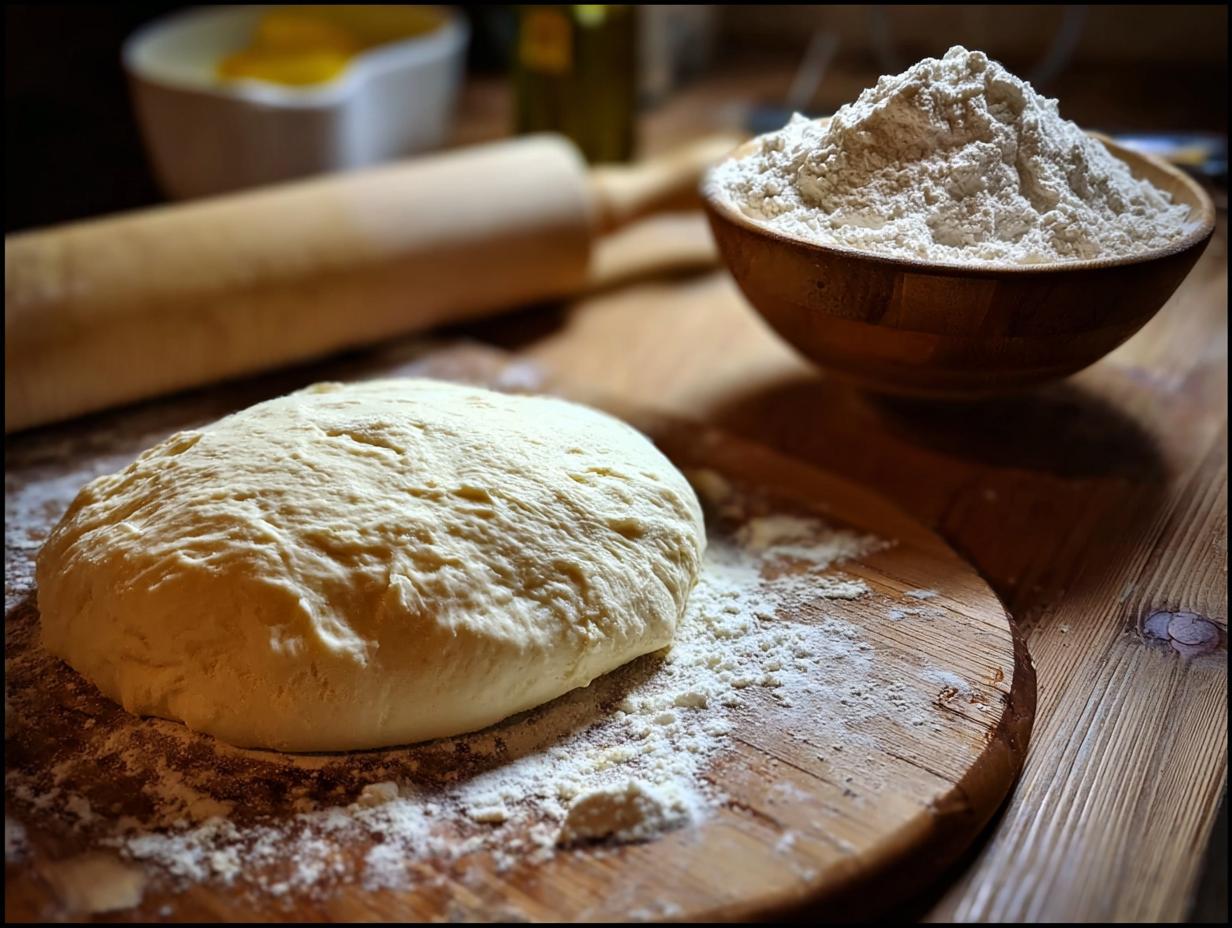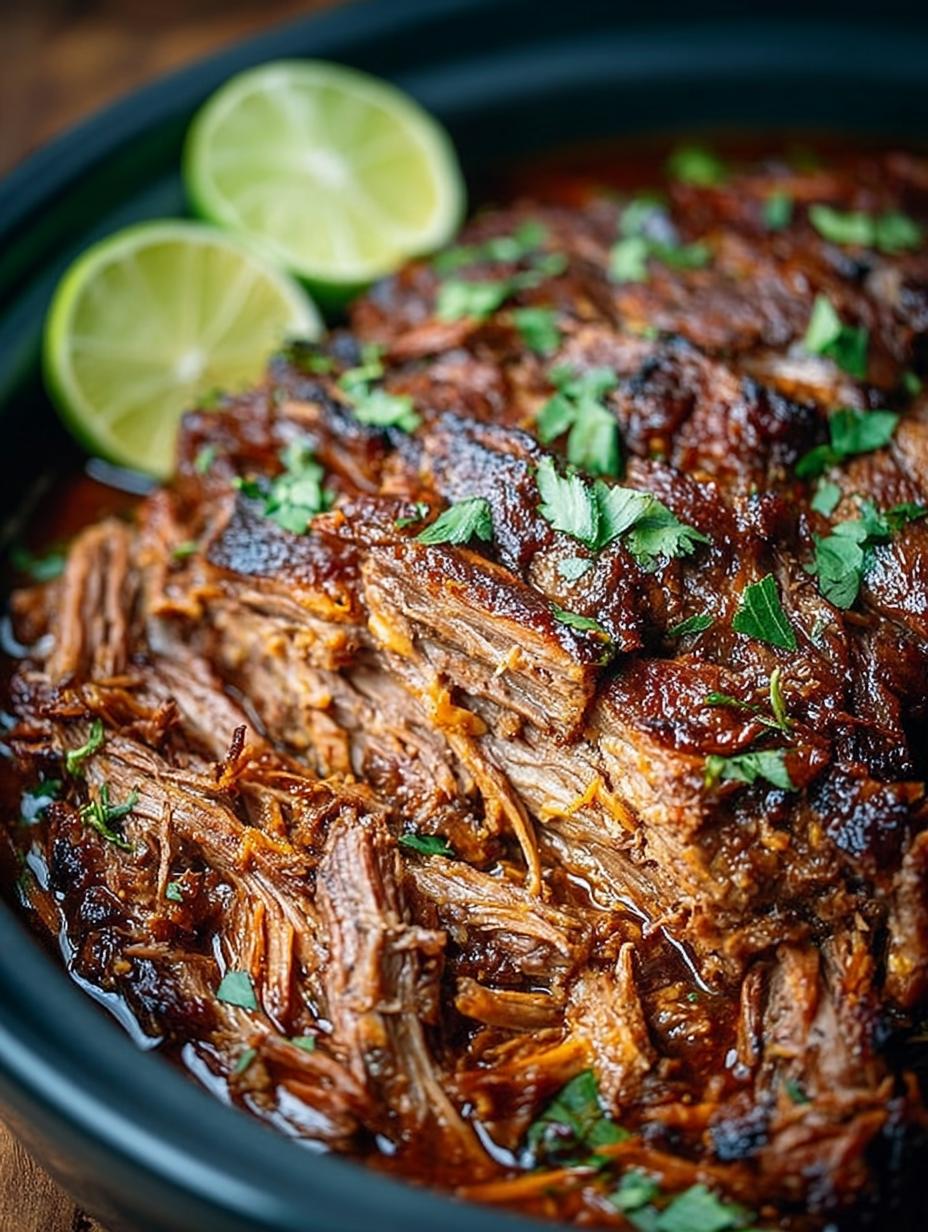Pizza dough yeast is truly the magic ingredient that transforms simple flour and water into the perfect pizza crust. It’s not just any leavening agent; it’s the secret to that irresistible chewy texture and slightly crispy base we all love. When you’re thinking about making homemade pizza, understanding the role of yeast is key, whether you’re curious about different types like active dry yeast or instant yeast, how to activate pizza dough yeast, or even what to do if you need yeast substitutes. The convenience of using yeast for homemade pizza cannot be overstated, making restaurant-quality pies achievable right in your own kitchen. Let’s dive into the wonderful world of pizza dough yeast and unlock the secrets to your best pizza yet!
Understanding Pizza Dough Yeast
So, what exactly is Pizza Dough Yeast? At its heart, it’s a living organism, a single-celled fungus that’s crucial for making dough light and airy. When you add yeast to your pizza dough, you’re essentially introducing a tiny powerhouse that acts as a leavening agent. This little wonder feeds on the sugars present in the flour and any added sweeteners, and through a process called fermentation, it releases carbon dioxide gas. This gas gets trapped within the gluten structure of the dough, causing it to expand and rise. It’s this magical gas production that gives your pizza crust that classic, slightly chewy texture and helps it achieve that perfect golden-brown bake. Essentially, it’s the primary Pizza dough rising agent responsible for transforming a dense ball of dough into a delightful foundation for all your favorite toppings.
Types of Yeast for Homemade Pizza Dough
When you’re aiming for that perfect homemade pizza, the type of yeast you choose can make a difference in your final crust. There are a few main players in the world of pizza dough leavening, each with its own quirks and benefits. Understanding these options will help you pick the best one for your baking style and desired outcome.
Active Dry Yeast for Pizza Dough
Active dry yeast for pizza dough is probably the most common type you’ll find. It comes in tiny, inactive granules that need a little wake-up call before they can work their magic. To use it, you’ll typically need to activate it by dissolving it in warm water (around 105-115°F or 40-46°C) with a pinch of sugar. If it foams and bubbles within 5-10 minutes, it’s alive and ready to go! This activation step is crucial, and it’s a key part of how to activate pizza dough yeast. While it takes a bit more effort, many bakers swear by it for developing great flavor and texture in their pizza crusts. For more on yeast science, check out this explanation of yeast.
Instant Yeast for Pizza Dough
If you’re looking for speed and convenience, instant yeast for pizza dough is your best friend. Unlike active dry yeast, instant yeast has smaller granules and is more potent, meaning you usually don’t need to proof it. You can often mix it directly into your dry ingredients along with the flour. This makes it super easy to use, especially for those weeknight pizza cravings when time is short. Instant yeast acts faster, leading to a quicker rise, which is why it’s often considered the best type of yeast for pizza when you’re in a hurry. It still produces a wonderful crust, though some argue the flavor development isn’t quite as complex as with active dry yeast.
Pizza Dough Starter
For a truly artisanal approach, you might consider a pizza dough starter, often referred to as a sourdough starter. This isn’t your typical commercial yeast; it’s a culture of wild yeast and bacteria that you maintain yourself. Using a starter gives your pizza crust a unique tangy flavor profile and a wonderfully chewy texture, thanks to its longer fermentation times. While it requires more commitment to maintain and use, many pizza enthusiasts find the depth of flavor and the satisfyingly rustic crust well worth the effort. Learn more about making a sourdough starter.
How to Use Pizza Dough Yeast Effectively
Getting your pizza dough to rise perfectly is all about understanding how to treat your yeast. Whether you’re using the classic active dry yeast or the quicker instant variety, a few simple steps ensure a fantastic crust every time. Mastering these techniques is key to making pizza dough from scratch with yeast.
Activating Active Dry Yeast
If you’ve chosen active dry yeast for pizza dough, the first step is to wake it up! This process, often called proofing, is vital for ensuring your yeast is alive and ready to work. Grab a small bowl and pour in about 1/4 cup of warm water – think lukewarm, not hot, around 105-115°F (40-46°C). Too hot and you’ll kill the yeast, too cold and it won’t activate. Stir in a pinch of sugar, which acts as food for the yeast, and then sprinkle your active dry yeast on top. Let it sit undisturbed for about 5-10 minutes. You’re looking for a foamy, bubbly layer to form on the surface. This delightful froth is your sign that the yeast is active and eager to get to work on your pizza dough recipe yeast activation. This is a crucial part of using active dry yeast in pizza dough.
Adding Instant Yeast
For those times when you need pizza pronto, instant yeast for pizza dough is a lifesaver. The beauty of instant yeast is its convenience; you don’t need to proof it separately. You can simply whisk it directly into your dry ingredients, like the flour and salt, right at the beginning of your recipe. Its granules are smaller and more porous, allowing it to start working its magic almost immediately upon hitting the wet ingredients. This makes it incredibly user-friendly for quick pizza crusts and is a fantastic option when you’re looking for a reliable dry yeast for pizza crust that promises a good rise without the extra activation step.
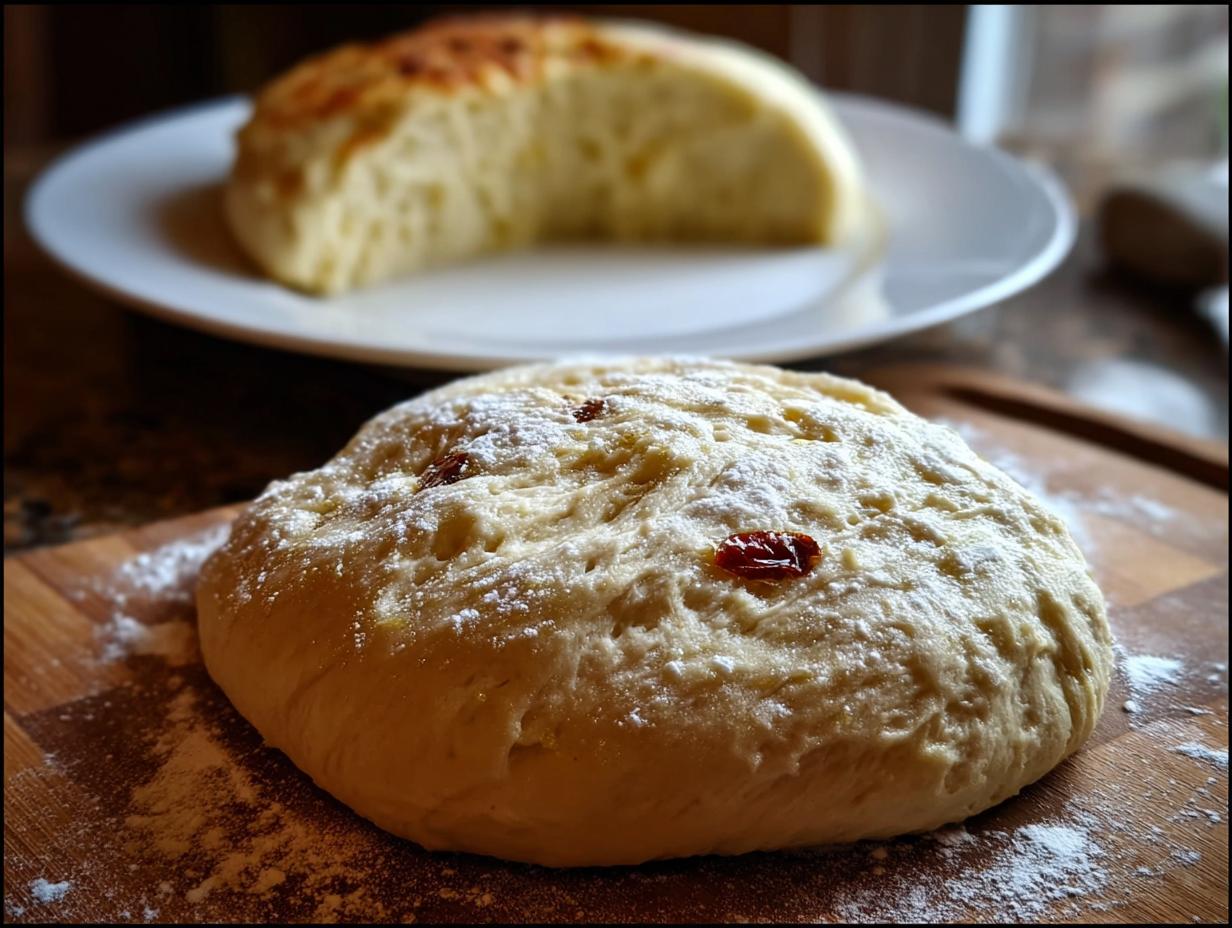
Kneading and Rising
Once your yeast is incorporated, it’s time for kneading! This is where the gluten in the flour develops, giving your pizza dough that essential structure and chewiness. Gently work the dough on a lightly floured surface for about 5-10 minutes until it becomes smooth and elastic. After kneading, the dough needs its rest to rise. Find a warm, draft-free spot for your dough, usually in a lightly oiled bowl covered with plastic wrap or a damp cloth. Depending on the yeast type and room temperature, it can take anywhere from 1 to 2 hours for the dough to double in size. This rising period is crucial for developing flavor and achieving that perfect airy texture for your homemade pizza. For tips on achieving the perfect dough texture, explore more recipes.
Best Yeast for Homemade Pizza Dough
Choosing the best yeast for homemade pizza dough really depends on what you’re looking for in your pizza night. Do you crave that classic, slow-fermented flavor and chewy crust, or are you after a quick, easy weeknight meal? If speed and simplicity are your priorities, instant yeast for pizza dough is often the top pick. You can just mix it right in, and it gets to work fast, making it a great choice for a pizza dough recipe quick yeast approach. On the other hand, if you have a bit more time and appreciate a slightly more complex flavor development, proofing active dry yeast for pizza dough can yield amazing results. Many bakers find it offers a superior texture and taste. When considering yeast for bread dough pizza, remember that the principles are similar, but pizza dough often benefits from a slightly faster rise. Ultimately, both active dry and instant yeast will give you a fantastic crust, so it’s about finding what works best for your schedule and taste!
What is Pizza Dough Yeast Used For?
The primary purpose of Pizza Dough Yeast is, as the name suggests, to make delicious pizza crusts! It’s the leavening agent that gives your dough that signature rise, creating a light, airy interior with a satisfyingly chewy texture and a crisp bottom. When you ask yourself what is pizza dough yeast used for, think of it as the magic ingredient that transforms a simple mixture of flour and water into the perfect foundation for all your favorite toppings. Beyond pizza, this versatile ingredient is also fantastic for other baked goods that benefit from a good rise, like fluffy focaccia bread, savory calzones, or even sweet cinnamon rolls. It’s truly the go-to for achieving that classic baked dough goodness. For other baking inspiration, check out these homemade seasoning mixes.
Pizza Dough Recipe with Yeast
Ready to ditch the store-bought dough and make your own amazing pizza? This straightforward pizza dough recipe with yeast will guide you through creating a fantastic crust from scratch. It’s simpler than you might think, and the results are so much better than anything from a package. Whether you’re a beginner or have made dough before, this recipe is designed for success, giving you that authentic pizzeria-style crust right in your own oven.
Ingredients for Yeast Pizza Dough
Here’s what you’ll need to make this simple yet delicious yeast pizza dough:
- 3 cups all-purpose flour, plus more for dusting
- 1 packet (2 ¼ teaspoons) active dry yeast or instant yeast
- 1 teaspoon salt
- 1 teaspoon granulated sugar (optional, helps activate yeast)
- 1 cup warm water (about 105-115°F or 40-46°C)
- 2 tablespoons olive oil, plus more for greasing
Step-by-Step Yeast Pizza Dough Instructions
Follow these easy steps for a perfect pizza crust:
- Step 1: Activate the Yeast (if using active dry). In a small bowl, combine the warm water and sugar (if using). Sprinkle the active dry yeast over the top and let it sit for 5-10 minutes until it gets foamy. If using instant yeast, you can skip this and add it directly with the flour.
- Step 2: Combine Dry Ingredients. In a large bowl, whisk together the all-purpose flour and salt. If using instant yeast, whisk it in here too.
- Step 3: Mix Wet and Dry. Pour the activated yeast mixture (or just the warm water if using instant yeast) and olive oil into the dry ingredients. Stir with a wooden spoon or spatula until a shaggy dough forms.
- Step 4: Knead the Dough. Turn the dough out onto a lightly floured surface. Knead for about 5-10 minutes until it’s smooth, elastic, and springs back when gently poked. This develops the gluten for a great pizza texture.
- Step 5: Let it Rise. Lightly grease a clean bowl with olive oil. Place the dough ball in the bowl, turning to coat. Cover the bowl with plastic wrap or a clean kitchen towel. Let it rise in a warm place for 1 to 1.5 hours, or until doubled in size. This is your crucial rising period for the pizza dough.
- Step 6: Shape and Top. Once risen, gently punch down the dough. Turn it out onto a lightly floured surface and shape it into your desired pizza crust. You can roll or stretch it. For a pizza dough recipe quick yeast approach, you might find the rise time is slightly shorter.
- Step 7: Bake! Add your favorite sauce, cheese, and toppings, then bake according to your pizza recipe instructions until the crust is golden and bubbly.
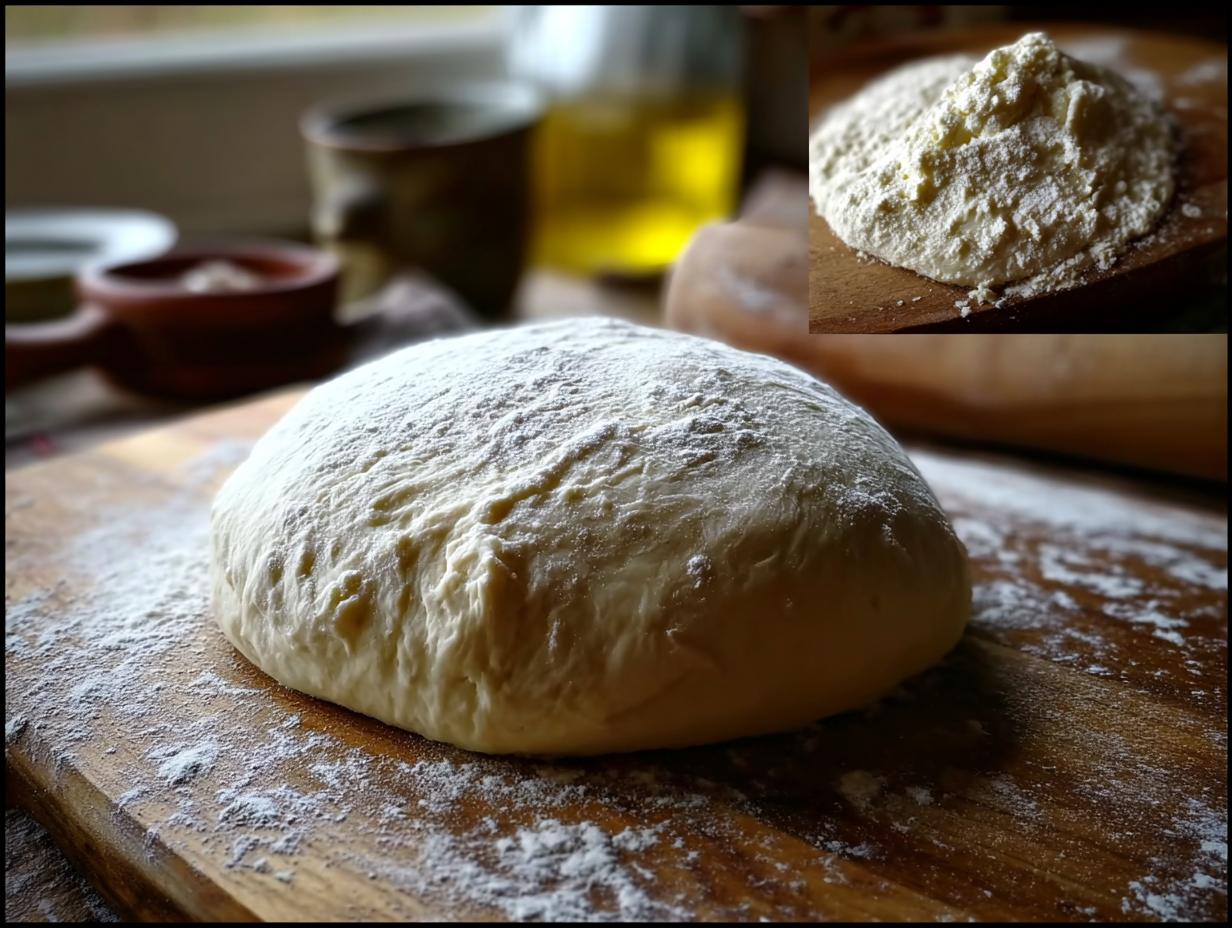
Yeast Substitutes for Pizza Dough
Life happens, and sometimes you’re all set for pizza night only to realize you’re out of yeast! Don’t worry, you can still make a delicious pizza crust. Exploring yeast substitutes for pizza dough is a lifesaver. While nothing perfectly replicates the flavor and texture that yeast provides, you can achieve a tasty result using common pantry staples. The key differences you’ll notice are in the rise and the texture – yeast-based doughs are typically lighter and chewier, while substitute crusts might be denser or more cracker-like. But hey, pizza is pizza, right? For a quick crust alternative, consider using store-bought pizza dough if you’re in a pinch.
One of the most popular ways to make how to make pizza dough without yeast is by using baking powder. It acts as a chemical leavener, creating bubbles quickly when mixed with liquid and heated. You’ll typically use about 1 to 1.5 teaspoons of baking powder for every cup of flour. Another option is using self-rising flour, which already contains flour, baking powder, and salt. You’d simply use self-rising flour in place of the all-purpose flour and salt in your recipe, adding any other wet ingredients like water and oil. These methods offer a much quicker pizza crust, as there’s no waiting for dough to rise!
Pizza Dough Yeast Quantity Calculator and Tips
Figuring out the right amount of Pizza Dough Yeast for your recipe is pretty straightforward, but there are a few things to keep in mind. While a dedicated Pizza dough yeast quantity calculator might sound fancy, most recipes provide clear guidelines based on the amount of flour you’re using. A general rule of thumb is about 1 teaspoon of active dry or instant yeast for every 3 cups of flour. This ratio ensures a good rise without making the dough too sour or affecting the texture negatively. For those looking for a super quick crust, you might use slightly more yeast for a faster rise, but be mindful of the flavor.
Here are some tips for success: Always check the expiration date on your yeast – old yeast loses its potency. Ensure your water is the correct temperature when activating active dry yeast (lukewarm, not hot!). Don’t skimp on kneading; it’s crucial for developing gluten, which gives your pizza that satisfying chew. Finally, give your dough adequate rising time in a warm spot. These simple practices will help you achieve a fantastic crust every time you bake. For more baking tips, explore copycat recipes.
Common Questions About Pizza Dough Yeast
You’ve got questions about using yeast for your pizza dough, and I’ve got answers! Let’s clear up some common confusion so your next homemade pizza is a guaranteed success. Understanding the nuances of pizza dough yeast can make all the difference between a flat, sad crust and a perfectly risen, delicious masterpiece.
Can I use bread machine yeast for pizza dough?
Yes, you absolutely can use bread machine yeast for your pizza dough! Bread machine yeast is typically instant yeast, meaning you can usually mix it directly into your dry ingredients without proofing. It’s designed for rapid activation in bread machines, so it works wonderfully for pizza dough too, especially if you’re looking for a quicker rise. The main difference is often the packaging and sometimes a slightly different formulation for optimal bread machine performance, but for making pizza dough from scratch, it’s a perfectly suitable option.
How much yeast do I need for pizza dough?
When it comes to deciding how much yeast do I need for pizza dough, a good rule of thumb is to use about 1 teaspoon of active dry or instant yeast for every 3 cups of flour. This ratio generally provides a good balance for flavor and rise. If you’re using a recipe, always follow its specific measurements. For a faster rise, some recipes might call for a bit more yeast, but be careful not to overdo it, as too much yeast can lead to a strong, yeasty flavor and might make the dough rise too quickly and then collapse.
Why isn’t my pizza dough rising?
Don’t panic if your pizza dough isn’t rising! There are a few common culprits. First, check your yeast’s viability. If it’s old or expired, it might be dead and unable to produce the gases needed for rising. If using active dry yeast, ensure you activated it correctly in warm, not hot, water – water that’s too hot kills yeast. Also, make sure your rising environment is warm enough; a cool kitchen can significantly slow down or stop the rising process. Sometimes, even the type of flour or too much salt can affect yeast activity. Double-check your ingredients and environment, and you’ll likely find the reason!
Print
Amazing Pizza Dough Yeast: 1 Simple Recipe
- Total Time: 30-35 minutes
- Yield: 1 large pizza or 2 medium pizzas 1x
- Diet: Vegetarian
Description
A quick and easy no-yeast pizza dough recipe that creates a soft, slightly chewy crust and a crisp, golden base perfect for your favorite toppings. Ideal for busy days when you want homemade pizza in under an hour.
Ingredients
- 3 cups all-purpose flour
- 1 teaspoon baking powder
- 1 teaspoon salt
- 1 cup warm water
- 2 tablespoons olive oil
Instructions
- In a large bowl, whisk together the flour, baking powder, and salt. This is your dry base for the pizza dough.
- Make a well in the center of the dry ingredients. Pour in the warm water and olive oil.
- Stir the ingredients with a wooden spoon or spatula until a shaggy dough forms.
- Turn the dough out onto a lightly floured surface. Knead for 5-7 minutes until the dough is smooth and elastic. This step develops the gluten for a good pizza dough.
- Shape the dough into a ball. You can use it immediately or cover it and let it rest for 10-15 minutes for easier handling.
- Preheat your oven and pizza stone or baking sheet according to your pizza recipe.
- Roll or stretch the pizza dough to your desired thickness and shape.
- Add your favorite sauce, cheese, and toppings.
- Bake until the crust is golden brown and the cheese is bubbly.
Notes
- For a crispier crust, roll the dough out thinly.
- You can substitute whole wheat flour for half of the all-purpose flour for a healthier option.
- This dough is also great for calzones or stromboli.
- Prep Time: 15 minutes
- Cook Time: 15-20 minutes
- Category: Main Course
- Method: Baking
- Cuisine: Italian-American
Nutrition
- Serving Size: 1/8th of dough
- Calories: 180
- Sugar: 0.5g
- Sodium: 350mg
- Fat: 5g
- Saturated Fat: 1g
- Unsaturated Fat: 4g
- Trans Fat: 0g
- Carbohydrates: 30g
- Fiber: 1g
- Protein: 5g
- Cholesterol: 0mg
Keywords: pizza dough, no yeast pizza dough, quick pizza dough, homemade pizza dough, baking powder pizza dough, easy pizza dough, pizza crust recipe
